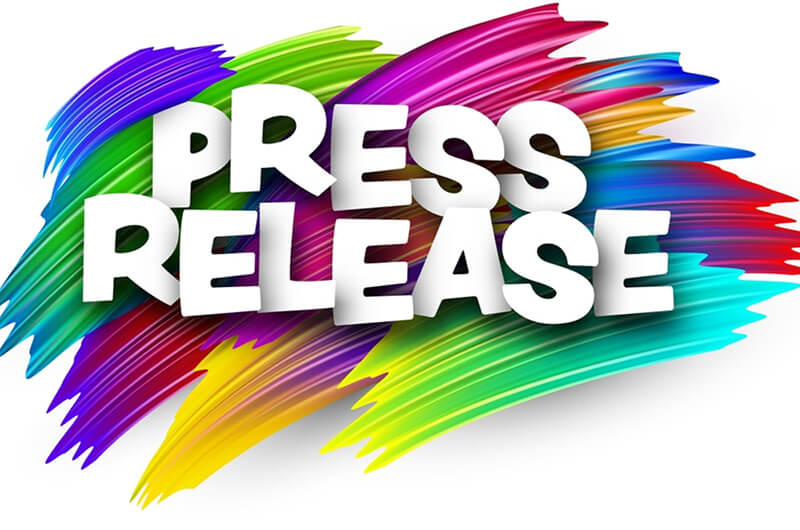- All Plans
- Yahoo Press Release
- Bloomberg Press Release + Yahoo Finance
- Business Insider Press Release
- Benzinga Press Release
- Digital Journal Press Release
- US Times Now Press Release
- AP News Press Release
- Yahoo Finance Press Release
- Street Insider Press Release
- MSN News Press Release
- USA Today Press Release
The Vital Role of Rehabilitation and Physical Therapy in Sports Medicine


United States, 28th Jan 2024, King NewsWire – Introduction: In the world of sports medicine, rehabilitation and physical therapy stand as indispensable pillars in the journey to recovery for athletes who have sustained injuries. These essential components not only facilitate healing but also help athletes regain strength, mobility, and confidence to return to their respective sports at peak performance levels. In this article, we delve into the significance of rehabilitation and physical therapy in sports medicine and explore their multifaceted role in athlete recovery.
The Road to Recovery
When athletes suffer injuries, the road to recovery can be long and challenging. It is during this critical period that the expertise of rehabilitation specialists and physical therapists becomes invaluable. These professionals work closely with athletes to design personalized rehabilitation programs that address specific injuries and individual needs.
- Assessment and Customization: The journey begins with a comprehensive assessment of the athlete’s injury, including its severity and impact on physical function. This assessment forms the foundation for a customized rehabilitation plan tailored to the athlete’s unique circumstances.
- Restoration of Function: Rehabilitation and physical therapy aim to restore function and mobility. Therapists employ a range of techniques, including exercises, manual therapy, and modalities like ultrasound or electrical stimulation, to help athletes regain strength, flexibility, and range of motion.
- Pain Management: Managing pain is a crucial aspect of rehabilitation. Therapists employ various strategies to alleviate pain, such as ice and heat therapy, therapeutic taping, and hands-on techniques like massage.
- Injury-Specific Protocols: Different injuries require specialized protocols. For instance, an athlete recovering from an ACL tear will have a vastly different rehabilitation program compared to someone rehabilitating a shoulder impingement. Physical therapists are trained to adapt and modify treatment plans accordingly.
- Monitoring and Progression: Rehabilitation is not a one-size-fits-all process. Therapists closely monitor an athlete’s progress and adjust the program as needed. As the athlete’s condition improves, exercises and challenges are progressively increased.
Building Confidence
Injuries not only affect the body but also take a toll on an athlete’s mental well-being. The fear of re-injury or doubts about returning to full performance can be overwhelming. Here, the psychological support provided by rehabilitation and physical therapy plays a significant role.
- Education and Empowerment: Therapists educate athletes about their injuries, the healing process, and the steps required for recovery. Knowledge empowers athletes and reduces anxiety about the unknown.
- Gradual Return to Sport: Physical therapists work on building an athlete’s confidence through a gradual return-to-sport protocol. This phased approach ensures that athletes are mentally and physically prepared to rejoin their teams.
- Mental Resilience: Athletes are taught mental resilience techniques to cope with setbacks, manage stress, and stay focused on their recovery goals. These skills extend beyond the field and contribute to overall well-being.
Preventing Future Injuries
One of the often-overlooked benefits of rehabilitation and physical therapy is their role in injury prevention. Athletes who complete their rehabilitation programs are not only better equipped to return to sports but also less likely to suffer from recurring injuries.
- Muscle Imbalance Correction: Rehabilitation programs often target muscle imbalances, which can be a contributing factor to injuries. Strengthening weak muscles and improving balance can prevent future problems.
- Technique Optimization: Physical therapists work with athletes to optimize their techniques and movement patterns. This ensures that athletes use their bodies efficiently, reducing the risk of overuse injuries.
- Education on Self-Care: Athletes learn about self-care strategies, including proper warm-up and cool-down routines, stretching, and maintenance exercises. These habits are crucial for long-term injury prevention.
Conclusion
Rehabilitation and physical therapy are the unsung heroes of sports medicine. They not only facilitate physical recovery but also provide the emotional support and tools necessary for athletes to regain their confidence and perform at their best. Furthermore, these disciplines play a crucial role in injury prevention, ensuring that athletes can enjoy their sports safely and sustainably. In the world of sports medicine, rehabilitation and physical therapy truly stand as cornerstones of athlete well-being and success.
This blog article is for general information purposes only and should not be considered medical advice. If you have any medical issues or questions, consult your physician.
Follow us on Facebook and Twitter. By Dr. Kevin Crawford, Sports Medicine Surgeon and Orthopedic Surgeon. Here’s to your health! Click for more information about Dr. Kevin Crawford, Lubbock Orthopedic Surgeon.
Media Contact
Organization: Dr. Kevin Crawford, Sports Doctor
Contact Person: Dr. Kevin Crawford, Lubbock Orthopedic Surgeon
Website: https://lubbocksportsmed.com/lubbock-sports-doctors/dr-kevin-crawford/
Email: Send Email
Country: United States
Release Id: 2801249268
